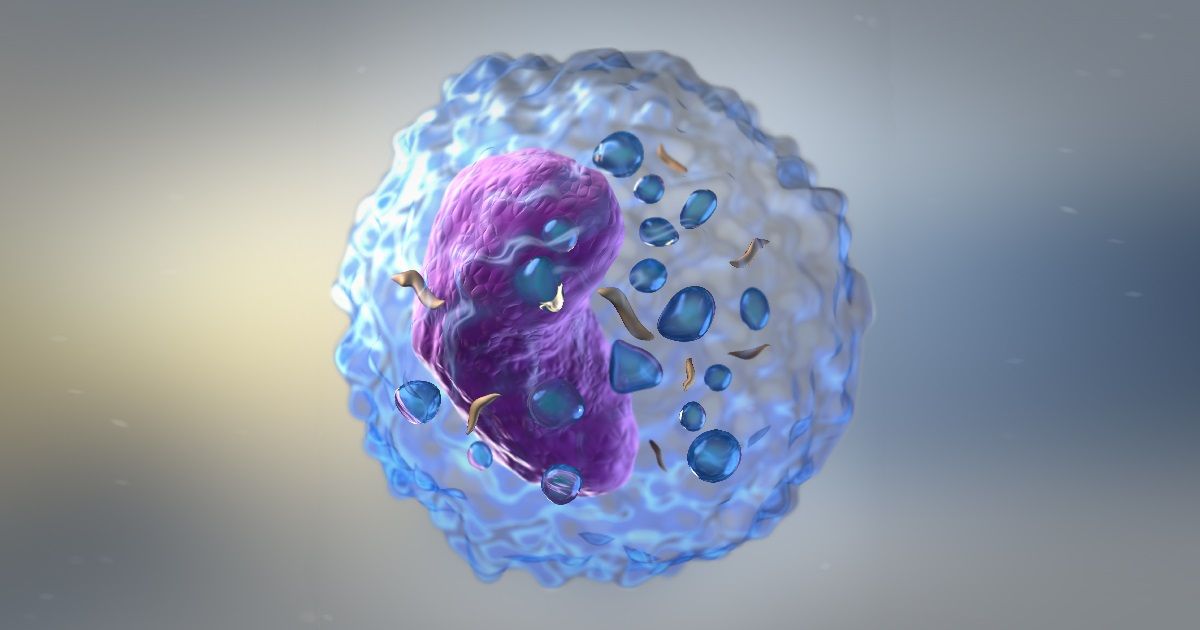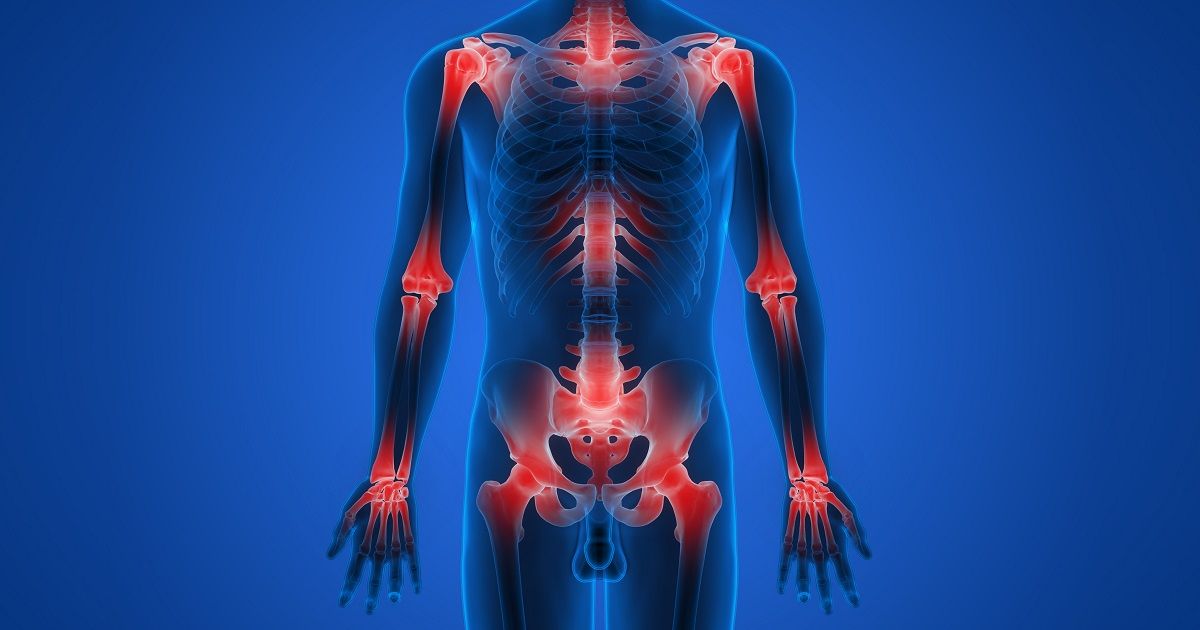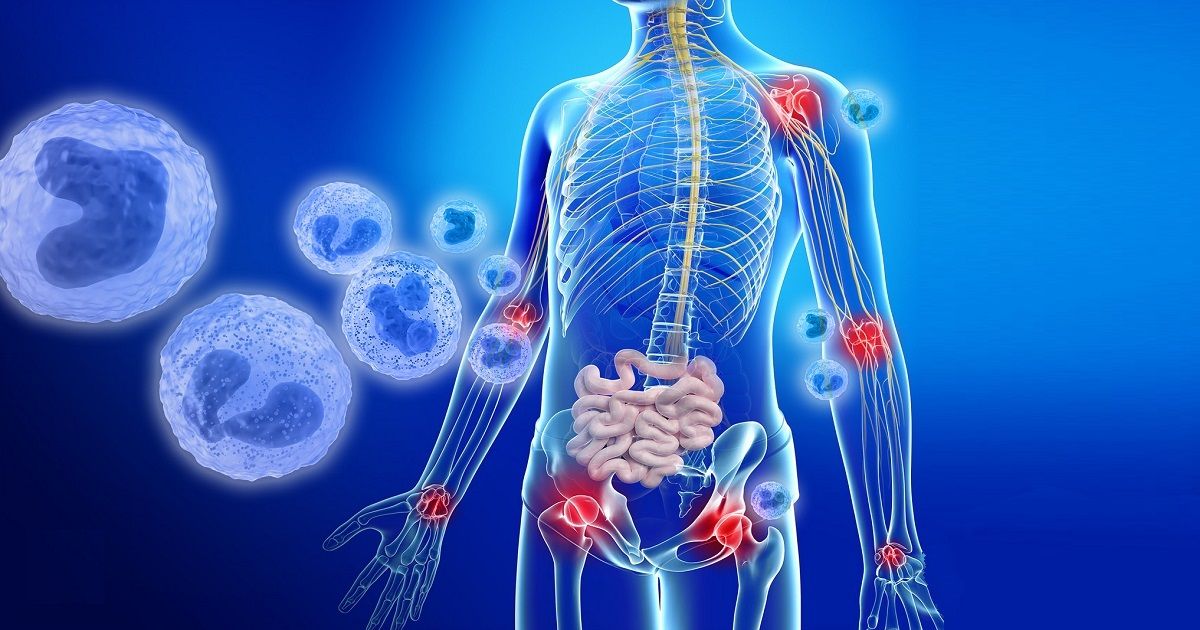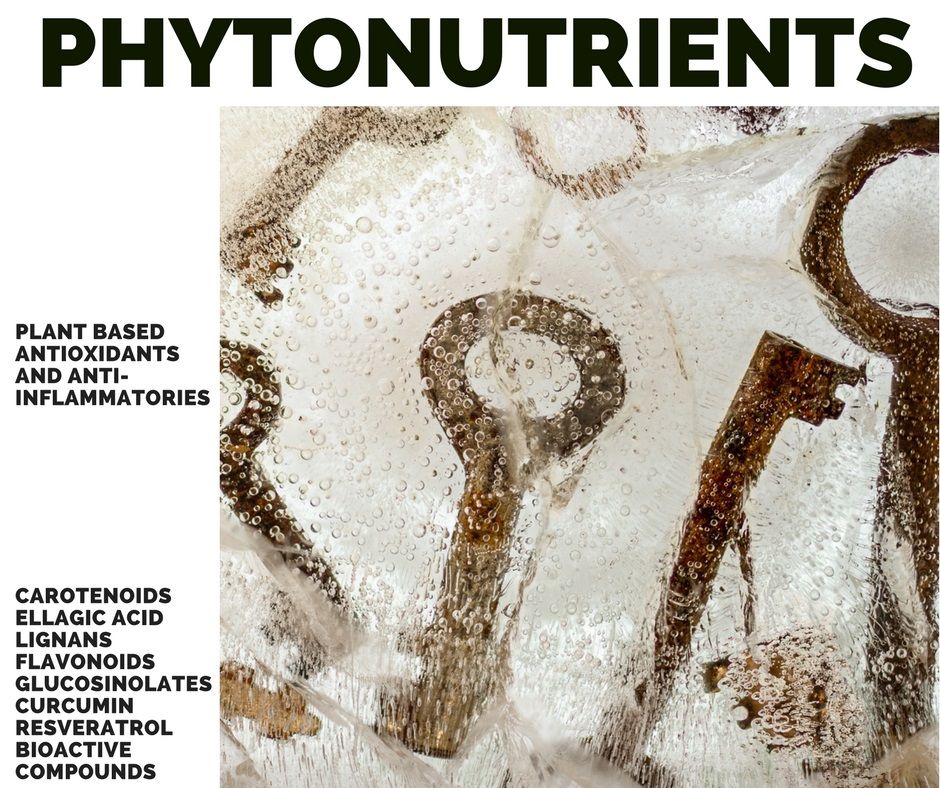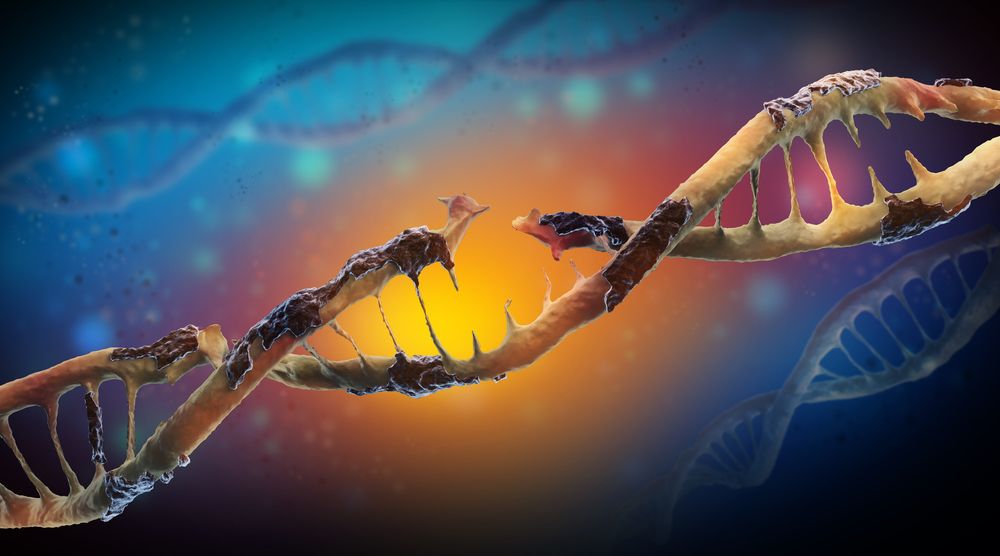Oct 14, 2017
Cellular Garb-aging Causes You To Age (Loss of proteostasis)
Posted by Brady Hartman in categories: biotech/medical, life extension
Cellular Garb-aging is the build-up of junk inside the cells that naturally occurs during aging. This article says why it happens.
To maintain protein homeostasis, and prevent garb-aging, the cell uses molecular chaperones, which help assemble and disassemble proteins. Chaperonins are a special class of chaperones that provide favorable conditions for the correct folding of other proteins, thus preventing aggregation. Chaperonins prevent the misfolding of proteins, which prevents conditions such as Mad Cow Disease. Sometimes, chaperonin proteins may also tag misfolded proteins to be degraded. When properly tagged, other processes can recognize the damaged or misfolded proteins and ‘take out the trash.’
Think of it as garb-aging removal.
Continue reading “Cellular Garb-aging Causes You To Age (Loss of proteostasis)” »
